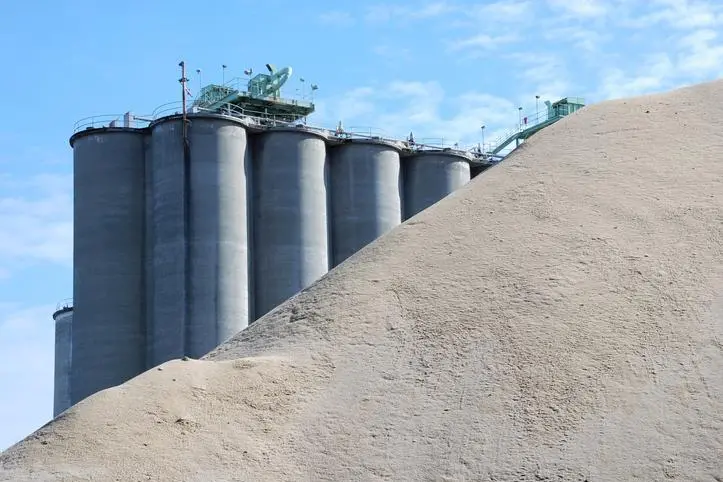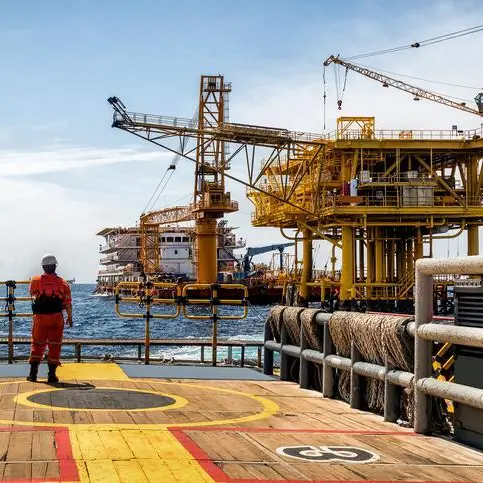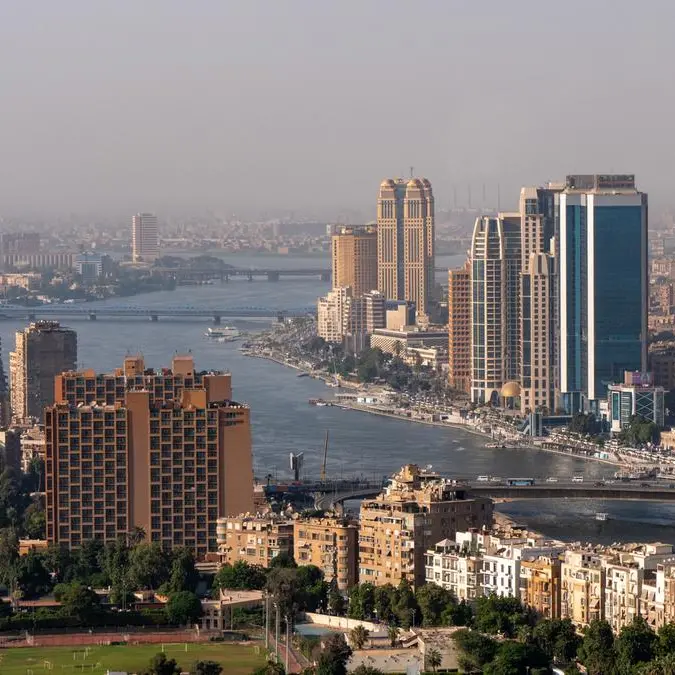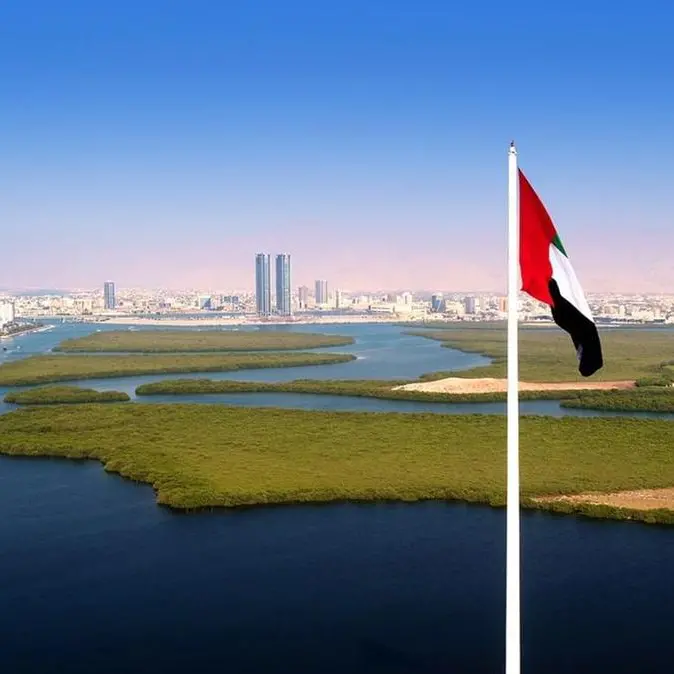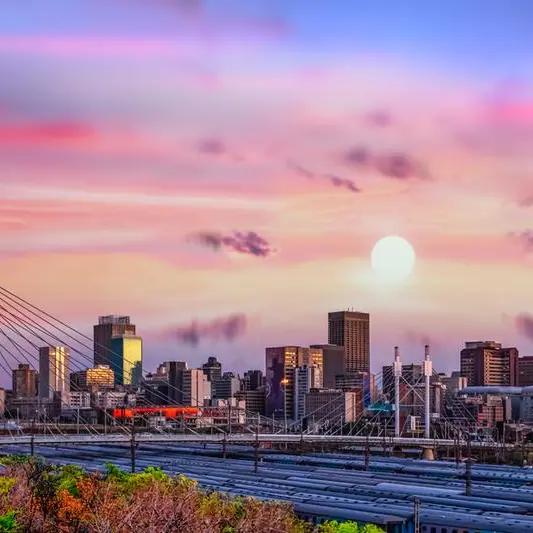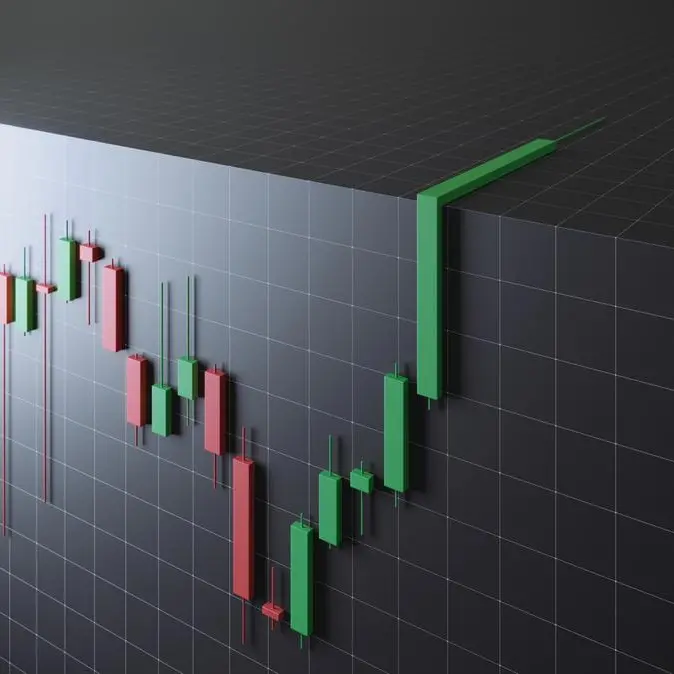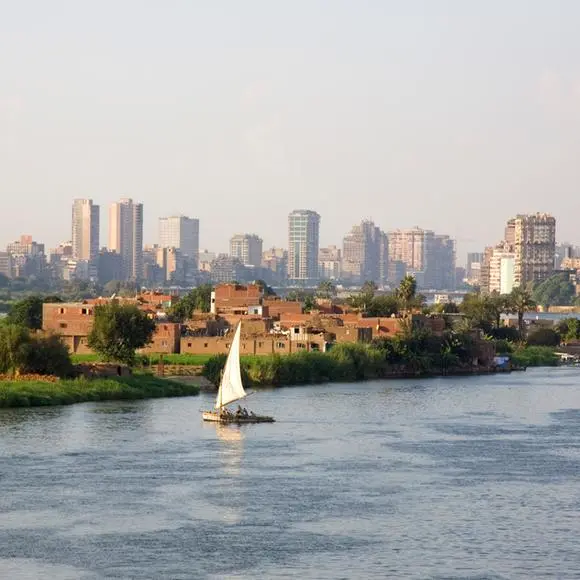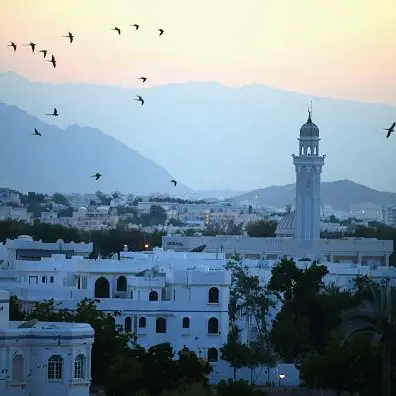PHOTO
Lafarge Egypt, a cement manufacturing company, has announced plans to reduce its carbon emissions by 50% by 2030.
The company is already taking steps to achieve this goal, such as increasing the use of alternative fuels and reducing the clinker factor in its cement production.
Lafarge Egypt CEO Jimmy Khan told The Daily News Egypt that the company is also working to develop digital solutions for logistics transportation that will help to reduce emissions.
“We are committed to contributing to achieving the group’s Net Zero goal, to reach a reduction in carbon dioxide emissions to exceed 20% (compared to the 2018 baseline),” Khan said.
He added: In line with this strategy, the company has succeeded in increasing the use of alternative fuels instead of fossil fuels in a large proportion, consuming more than 100 trucks of waste per day in its operations and this has resulted in reducing carbon dioxide emissions by up to 150,000 tonnes annually.
In addition to, reducing the clinker factor in cement and substituting it with environmentally friendly raw materials which results in reducing 200,000 tons of carbon emissions annually.
Khan appointed that, aims to reduce carbon emissions by 50 to 60%, as well as concrete such as ECOPact green that contains a carbon footprint that is 30% to 40% lower than regular concrete.
The company also launched, for the first time, (Shatbna) environmentally friendly cement, which reduces carbon emissions by 40% compared to ordinary cement. There are also Pozzolana cement products and sulfate-resistant Pozzolana cement with 15% to 20% less carbon emissions. these products are used in various governorates of Egypt, especially in national projects.
He said that the cement industry is committed to contributing to achieving the group’s Net Zero goal, to reach a reduction in carbon dioxide emissions to exceed 20% (compared to the 2018 baseline). Especially, since Holcim is the first international building materials company to sign The UNGC’s ‘Business Ambition for 1.5°C’ initiative, with clear targets for 2050 validated by the SBTi.
In this context, Lafarge Egypt relies heavily on alternative fuels as a substitute for using ordinary fossil fuels in its manufacturing operations by increasing the usage of alternative fuels day after day. This is in addition to starting to rely on solar energy in many of the night lighting work in the quarries area of the cement factory in Ain Sokhna.
The company is facing some challenges in achieving its sustainability goals, such as the lack of accreditations for green cement products in the Egyptian building codes.
Also, the long duration needed for completing the certification and accreditation compared to ordinary cement products’ accreditation.
Another challenge facing the industry is the insufficient support for green cement manufacturers, such as the carbon market application that has been adopted in many of the world.
Lafarge Egypt is one of the largest cement manufacturers in the Middle East and Africa. The company has a factory in Ain Sokhna, Egypt, which has a production capacity of 9.5 million tonnes annually.
© 2022 Daily News Egypt. Provided by SyndiGate Media Inc. (Syndigate.info).
